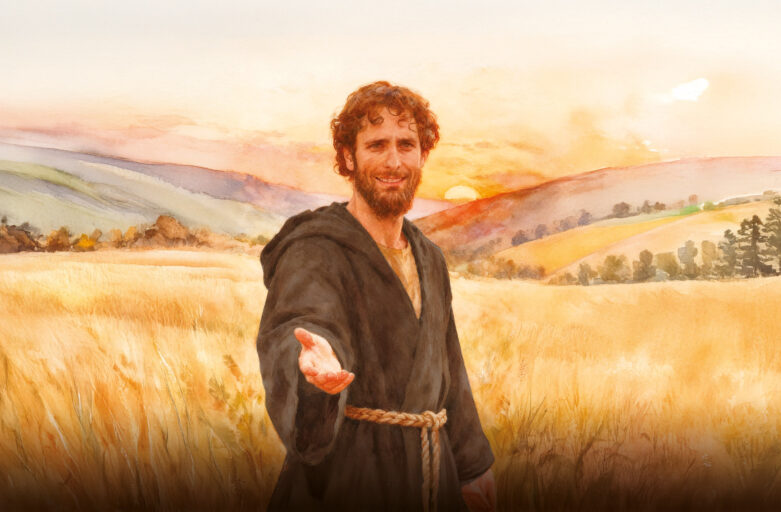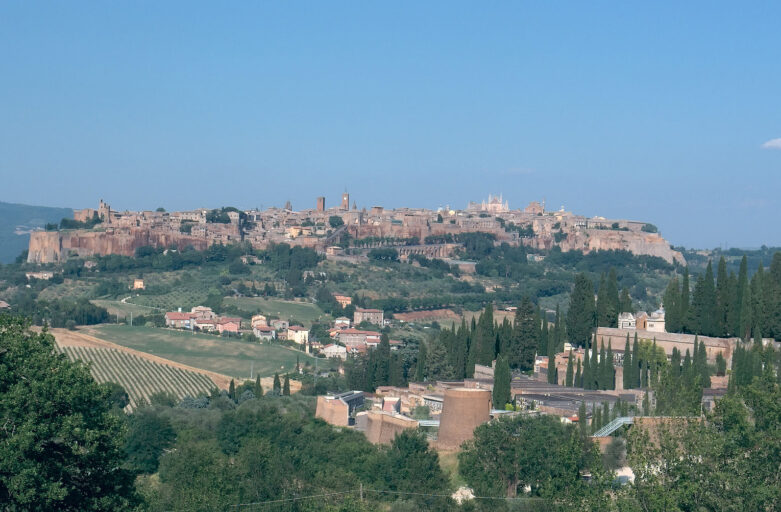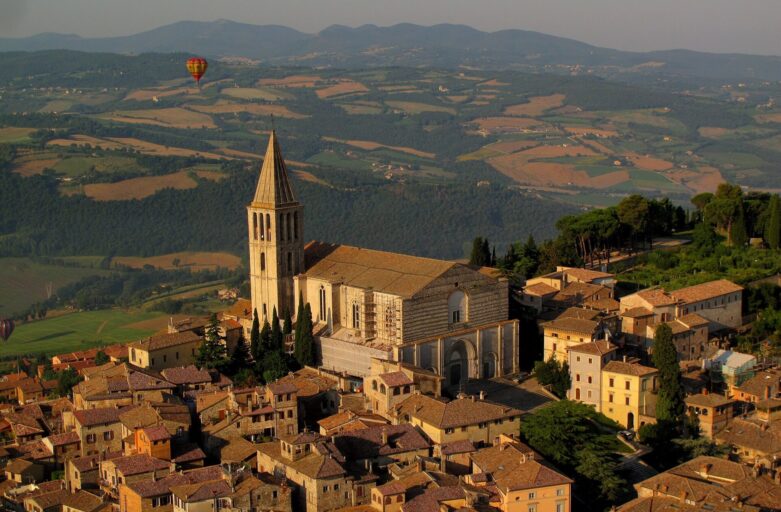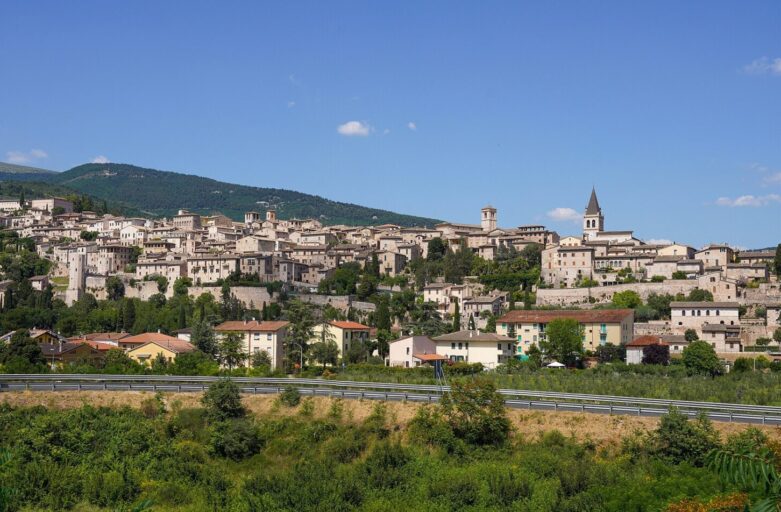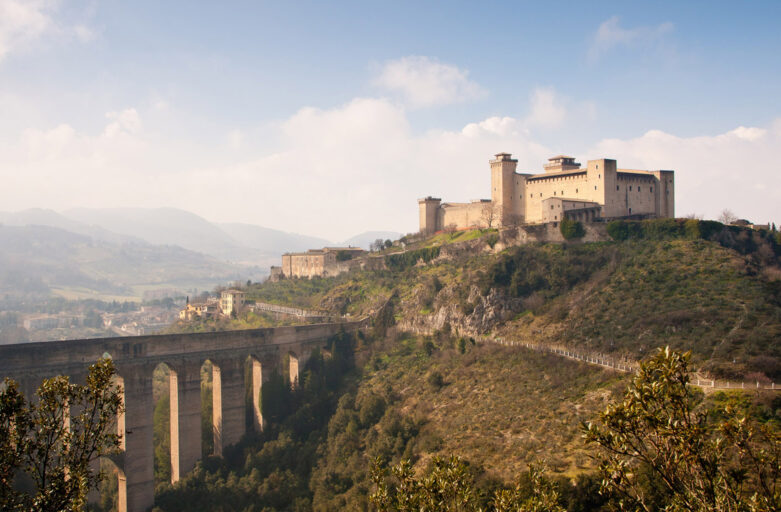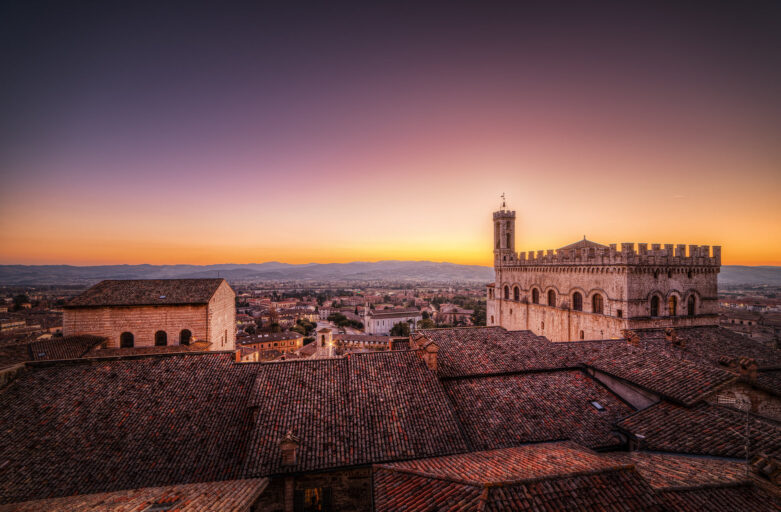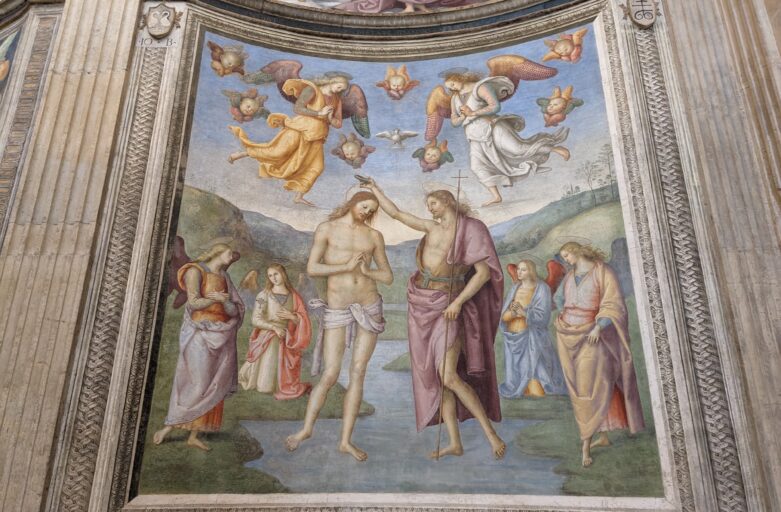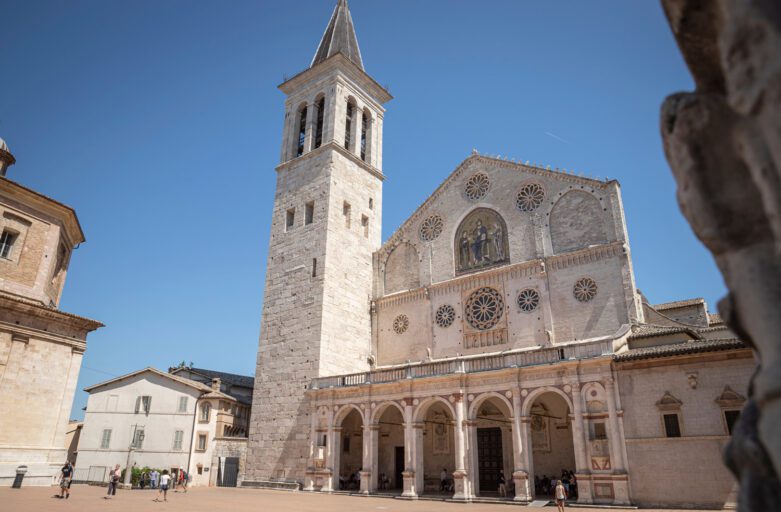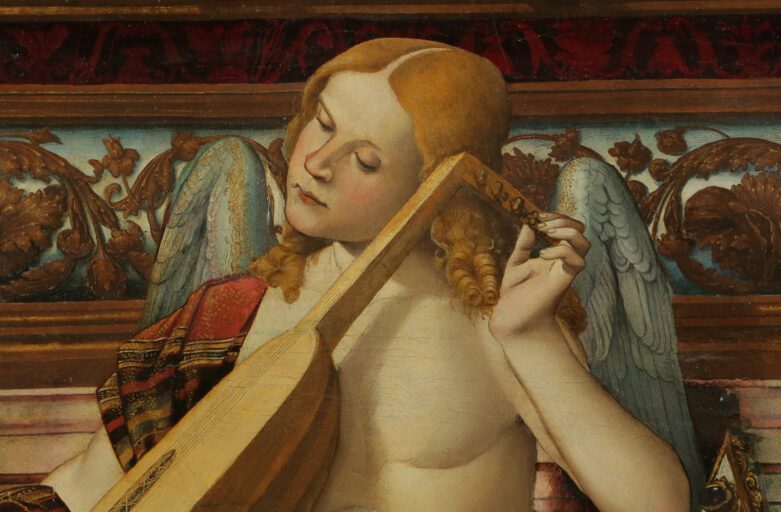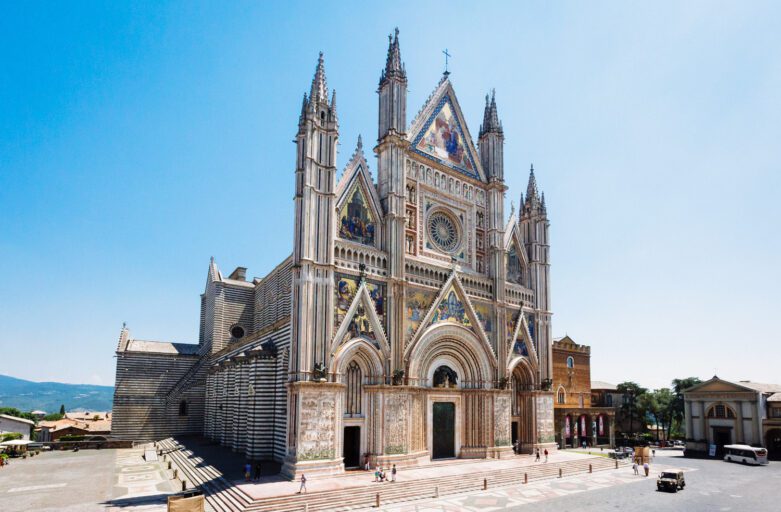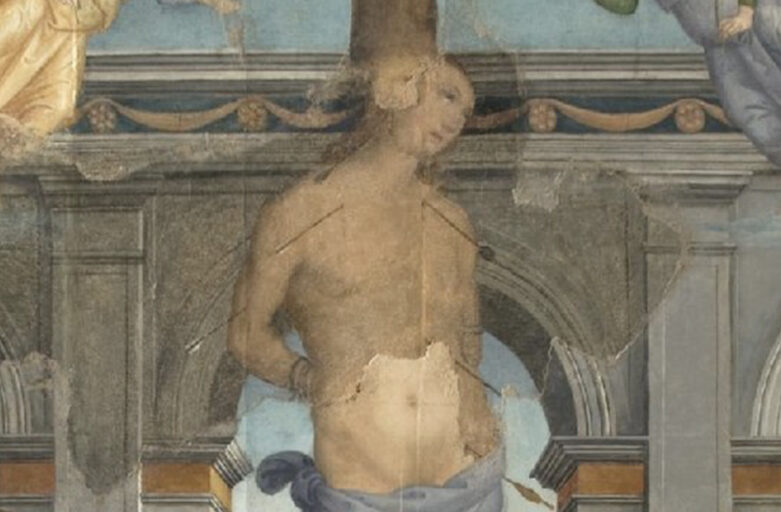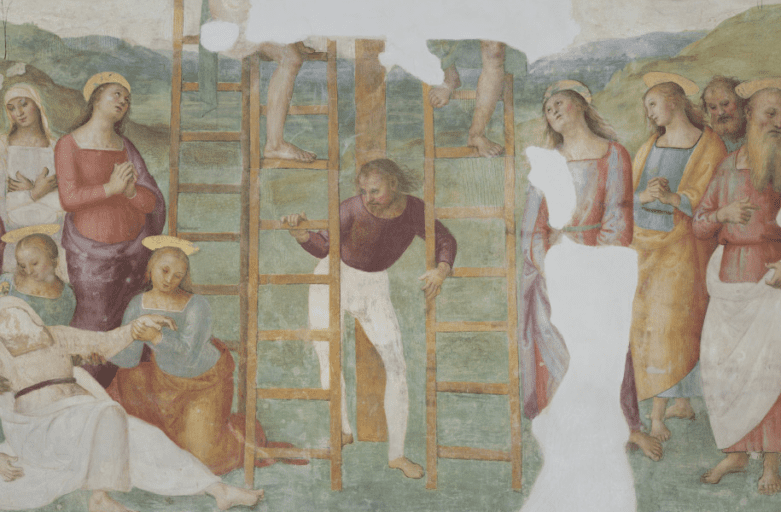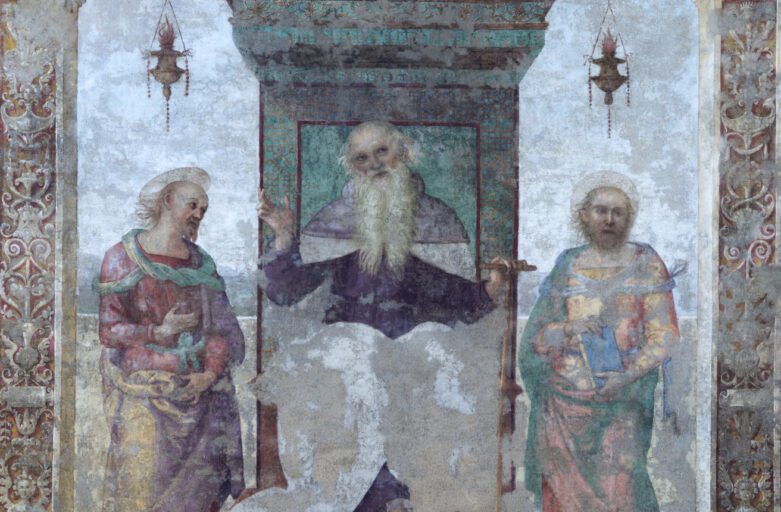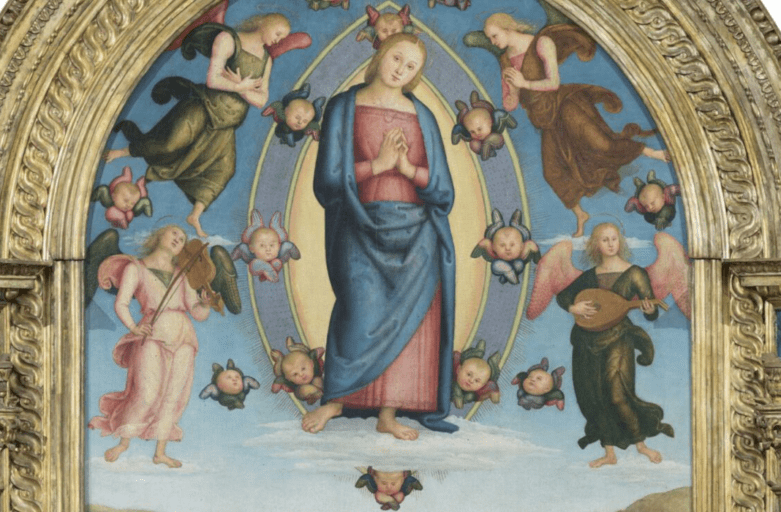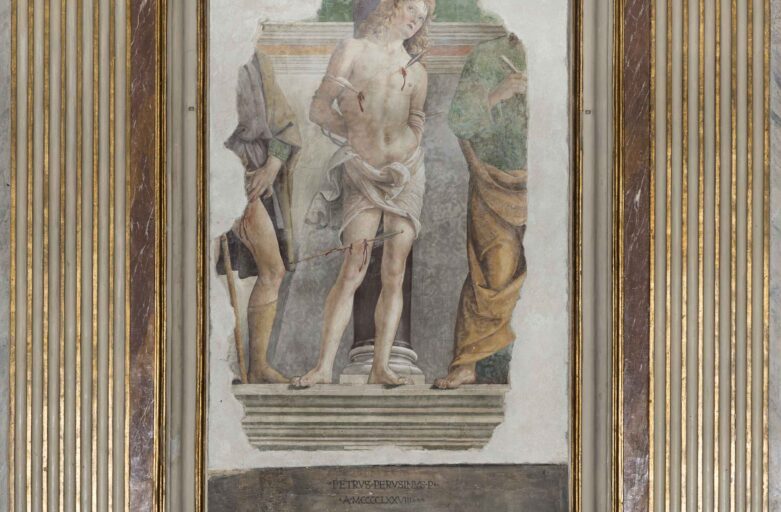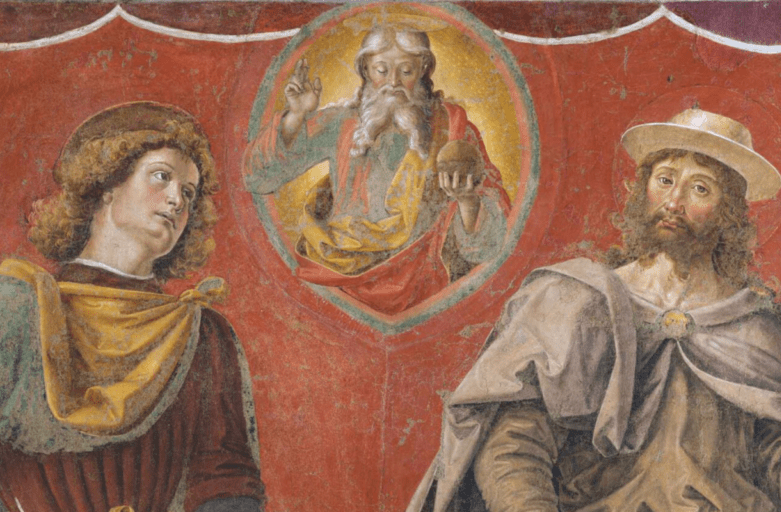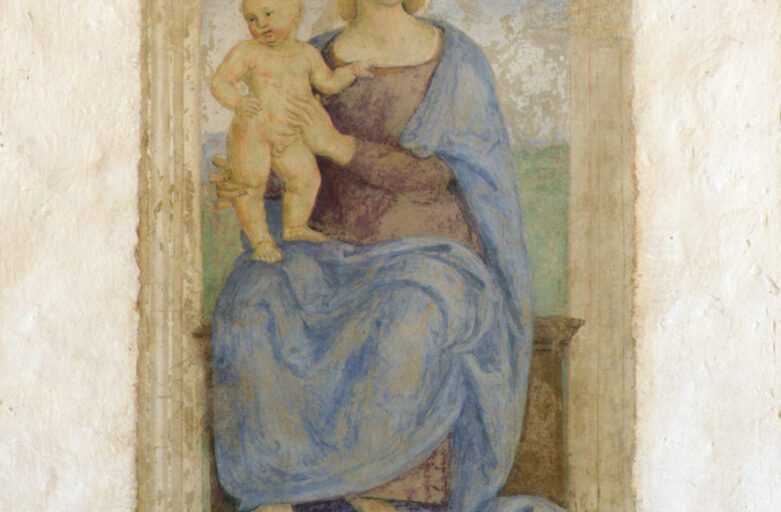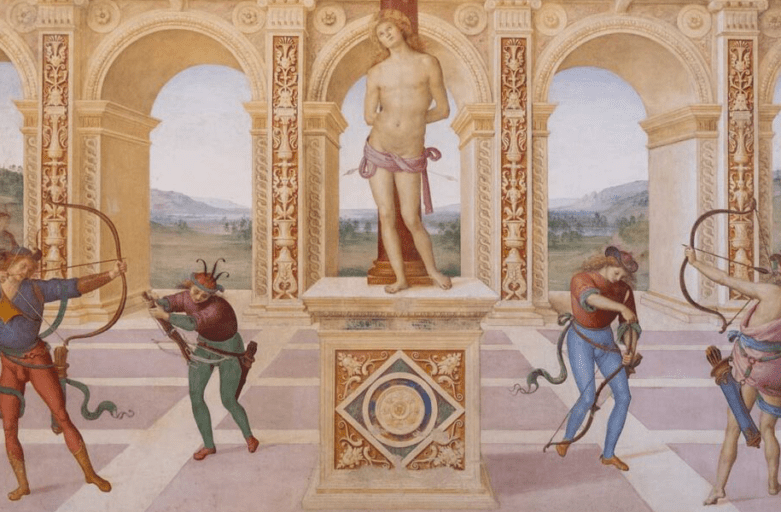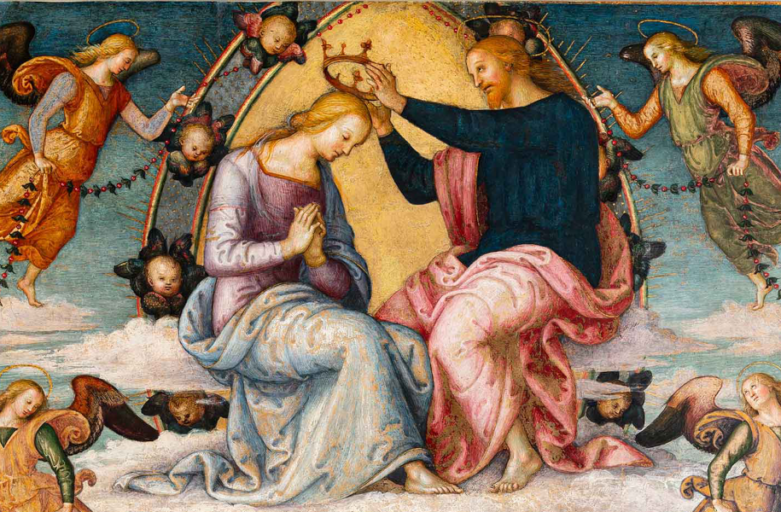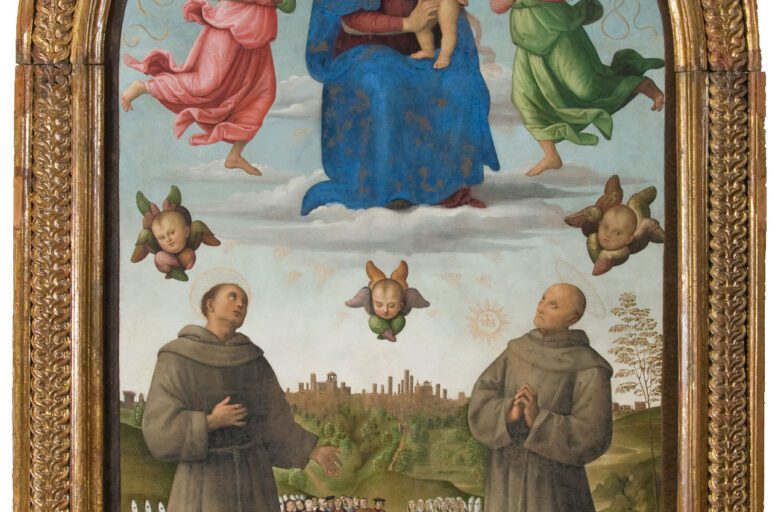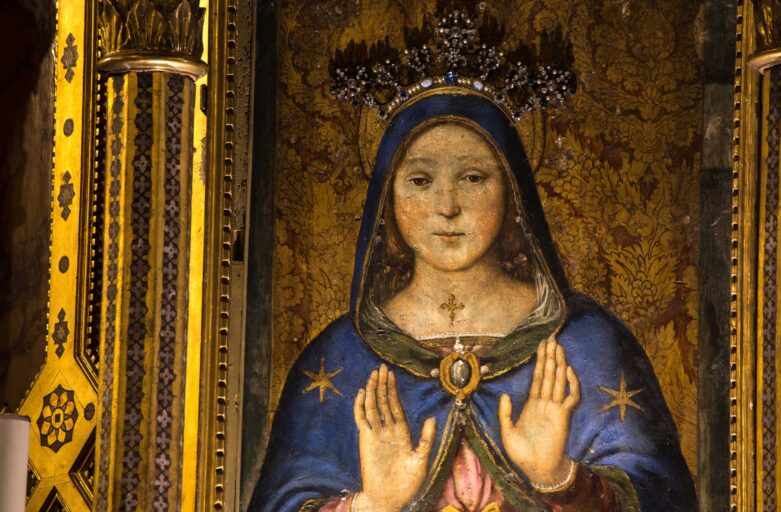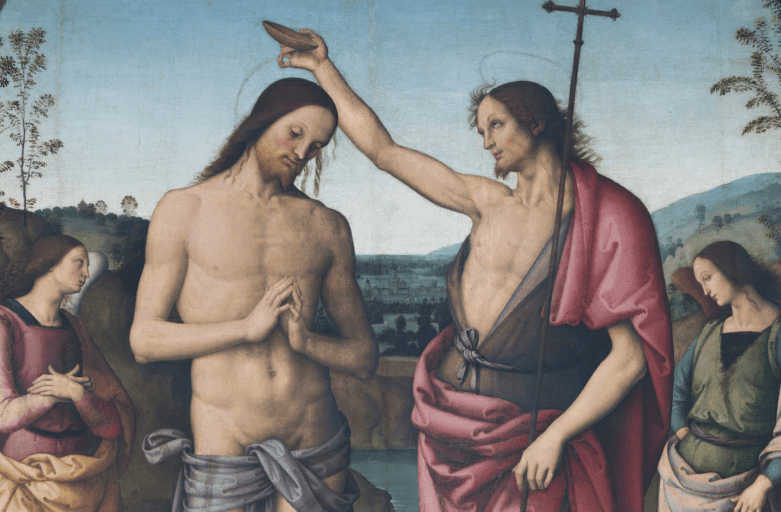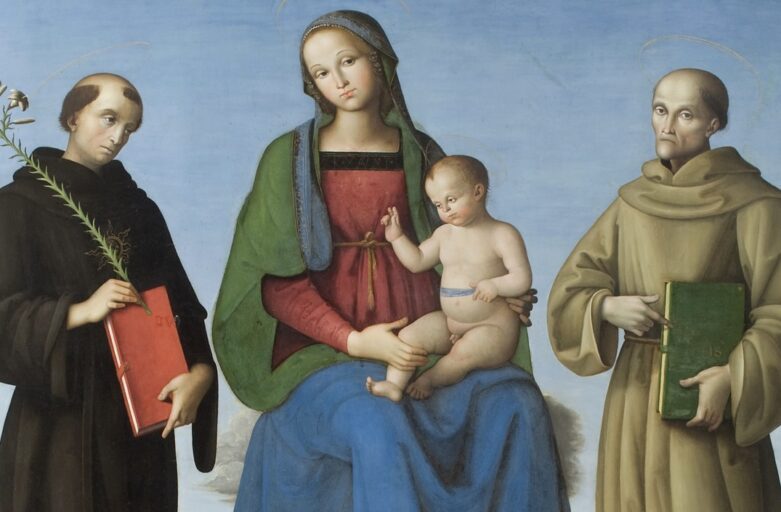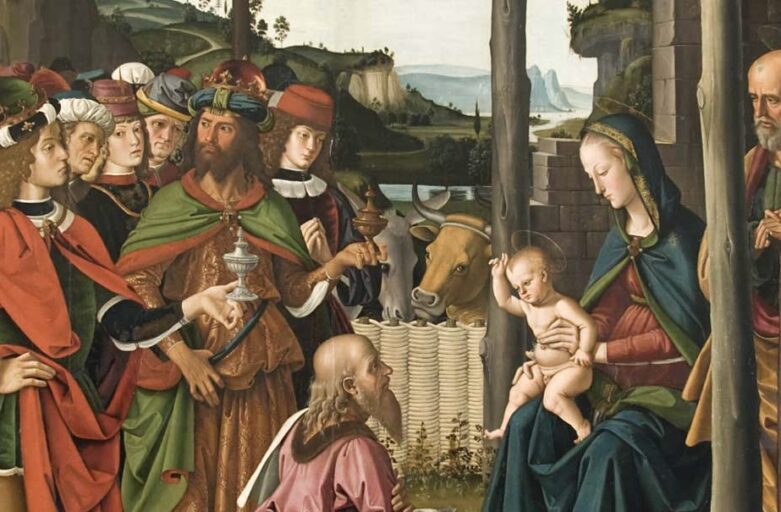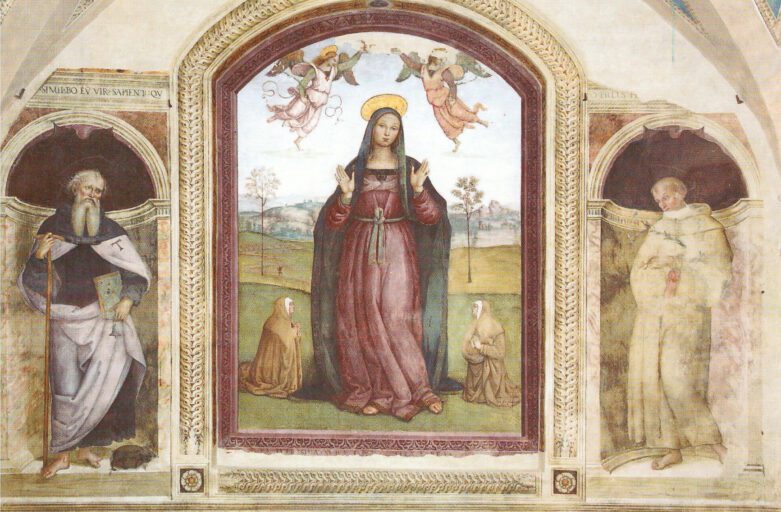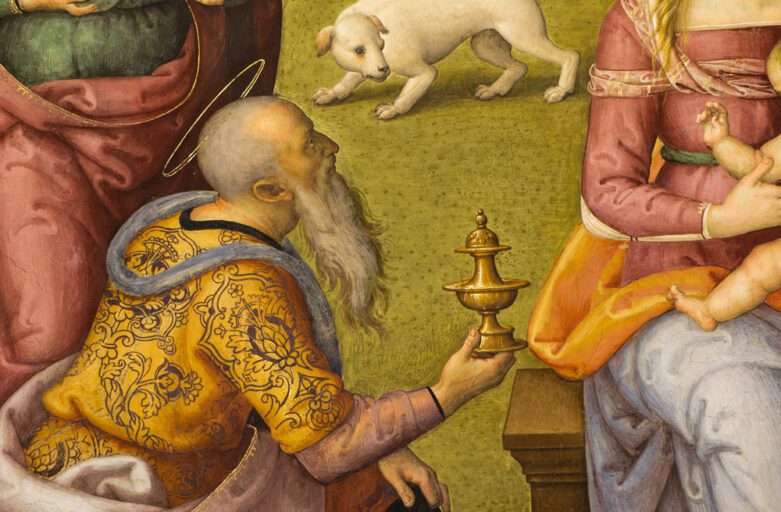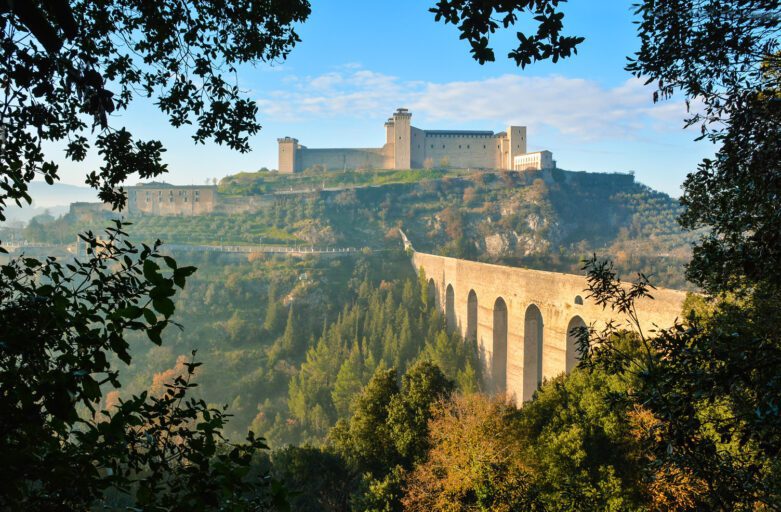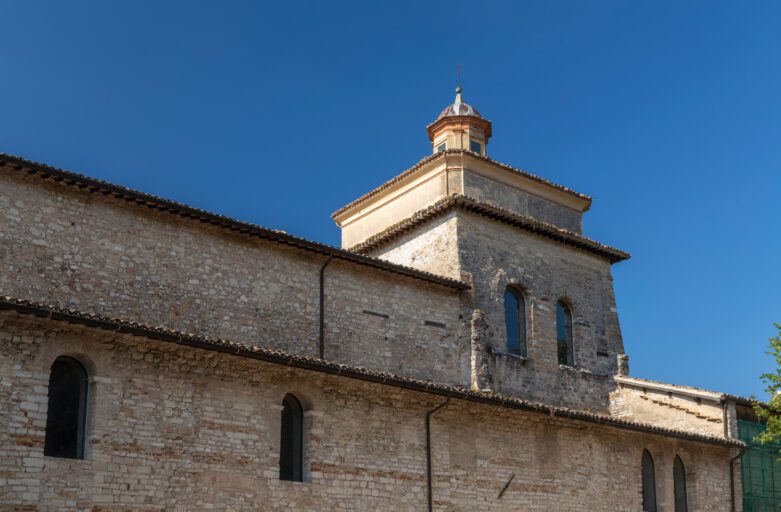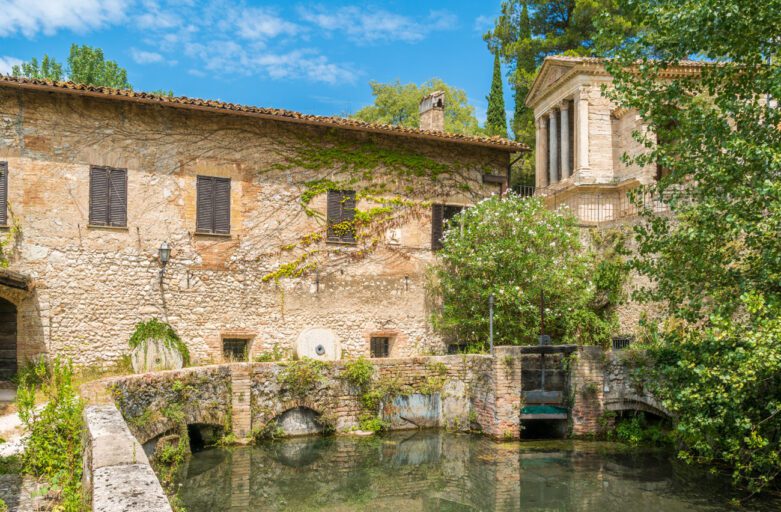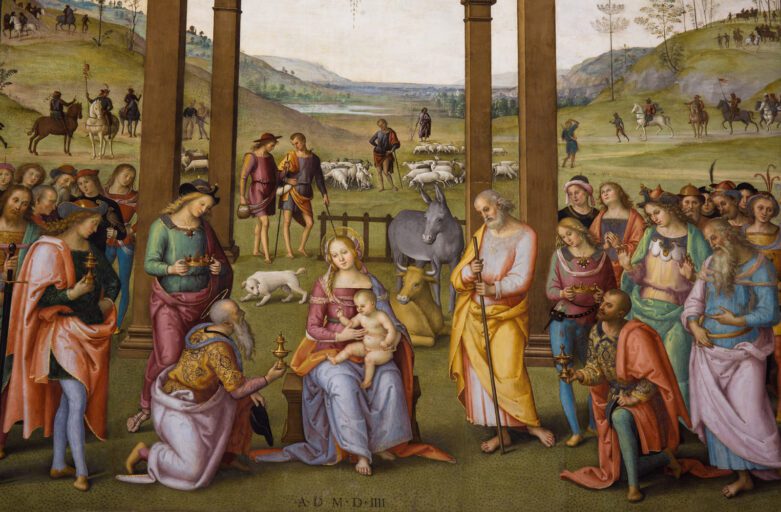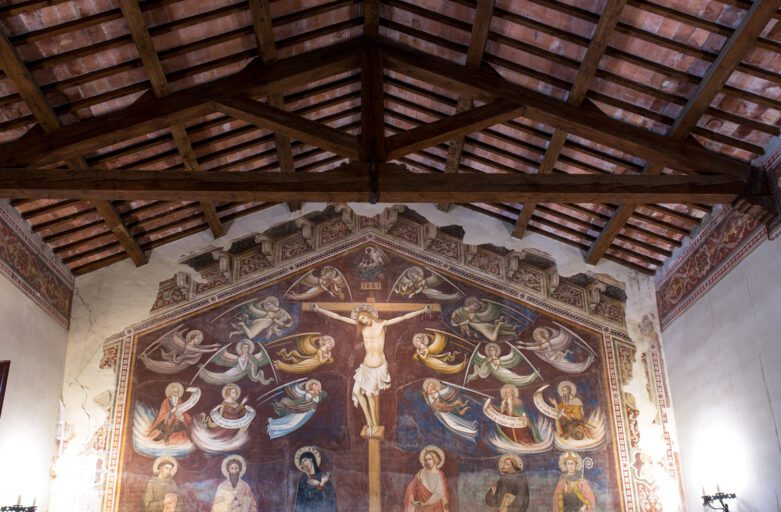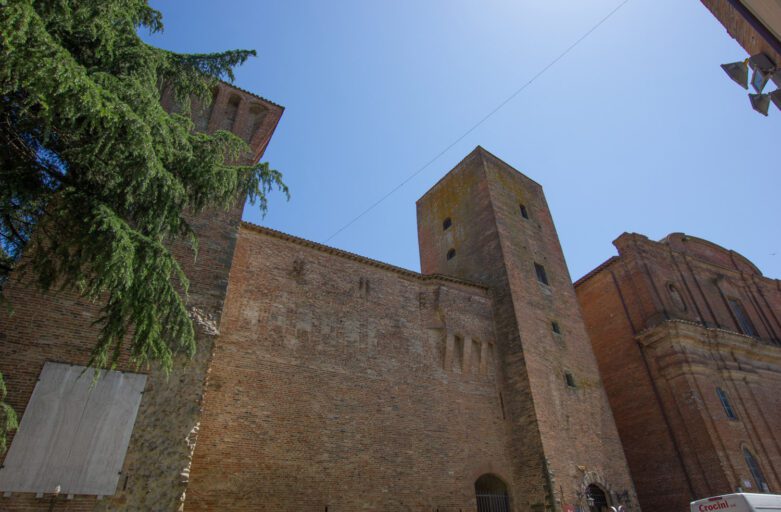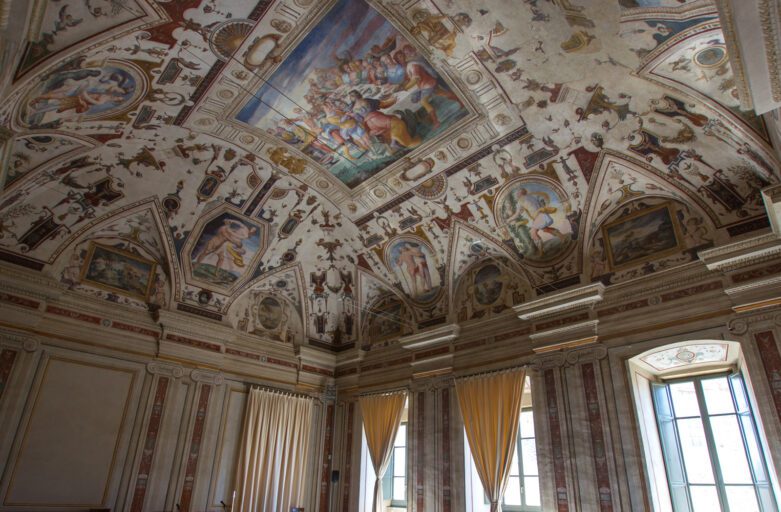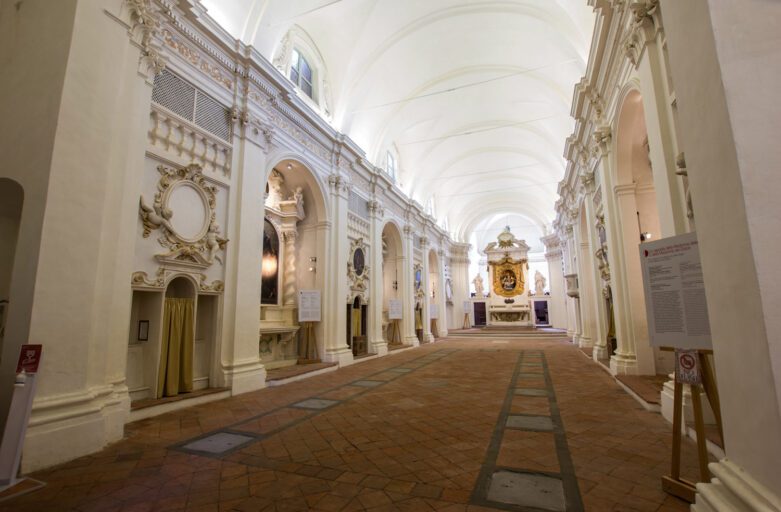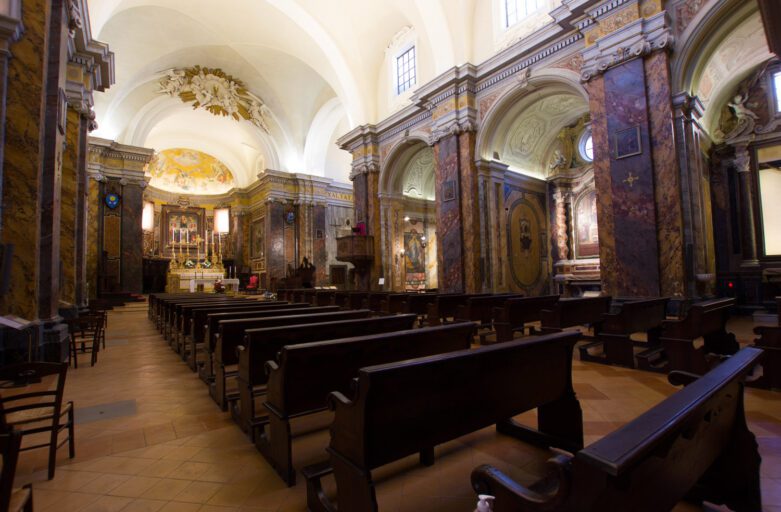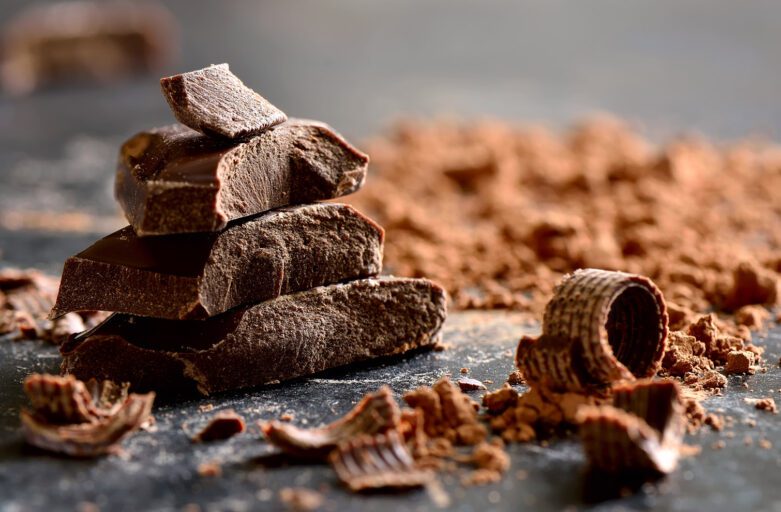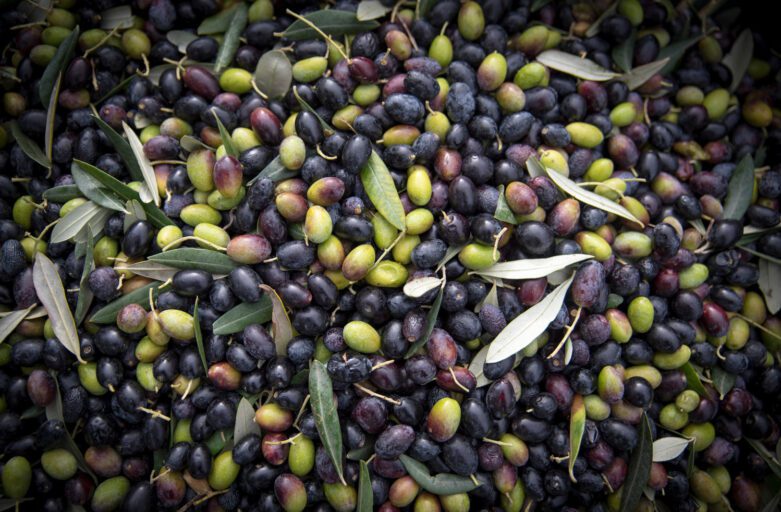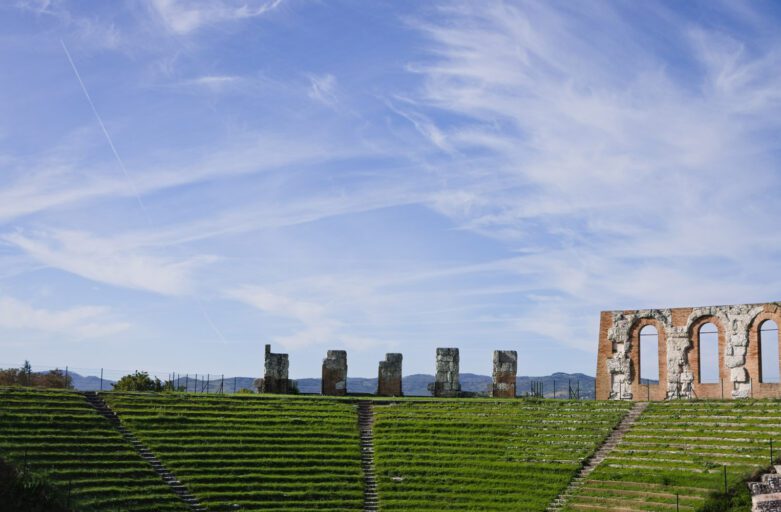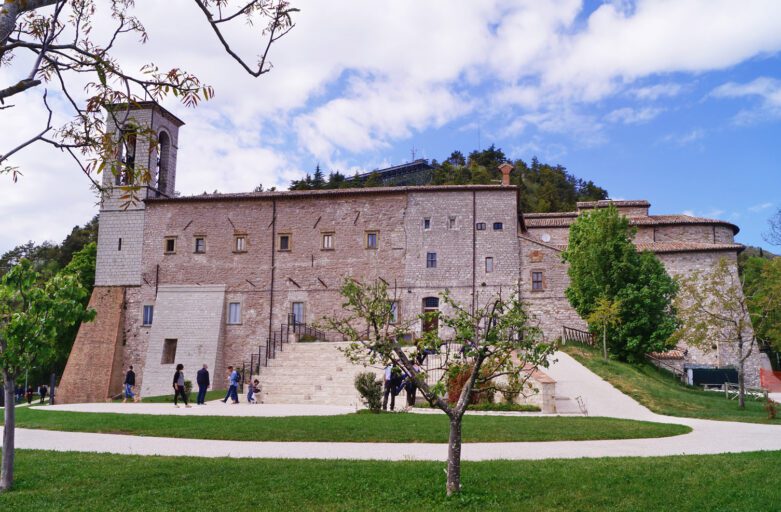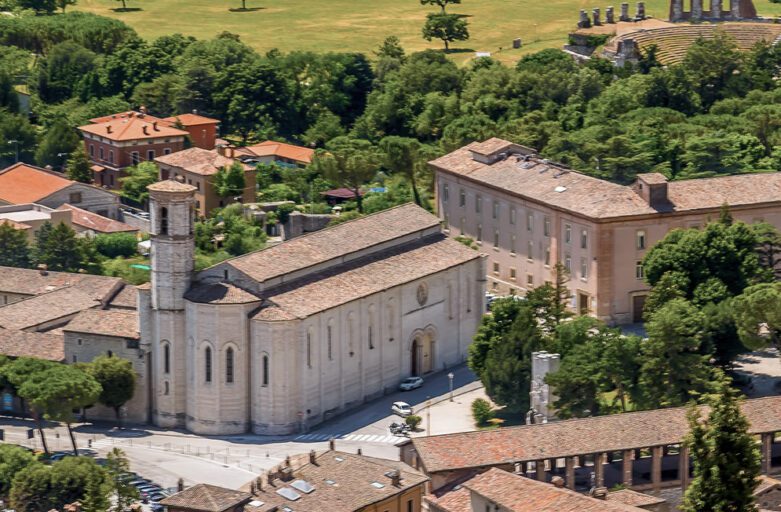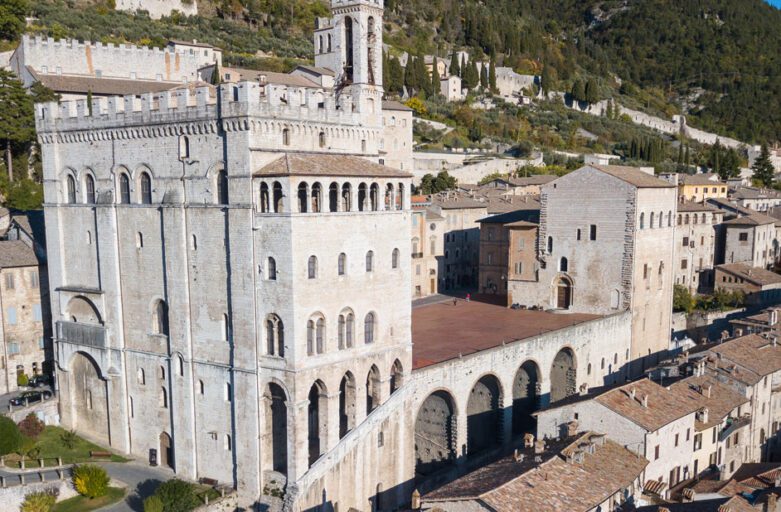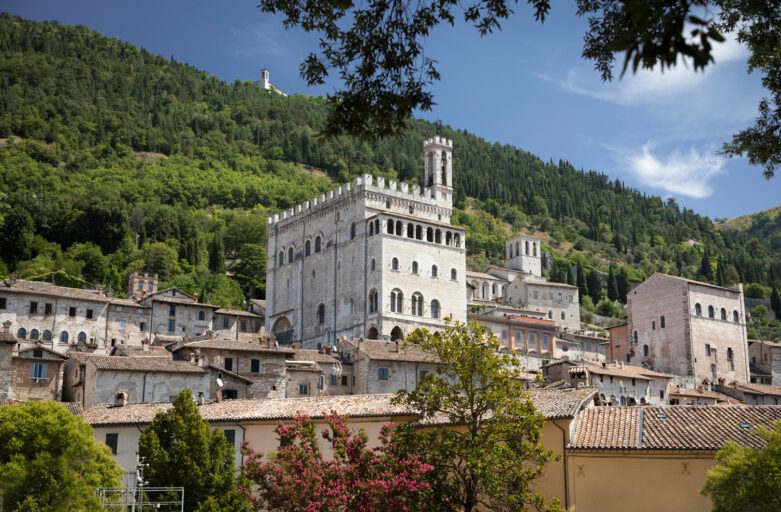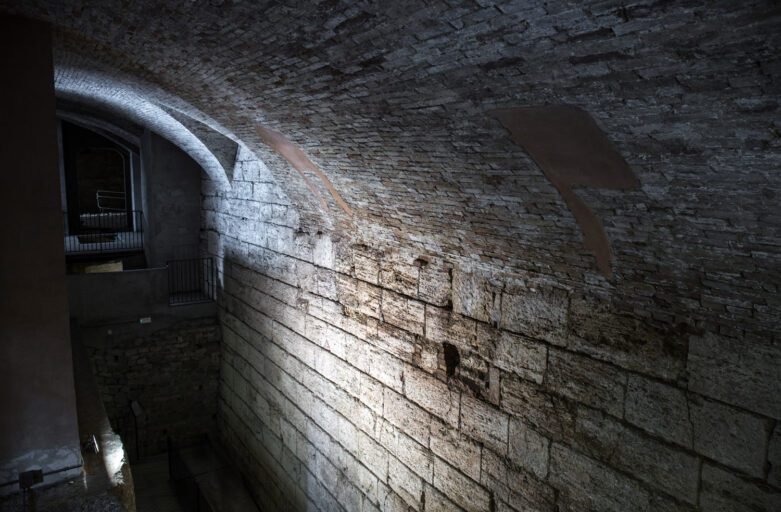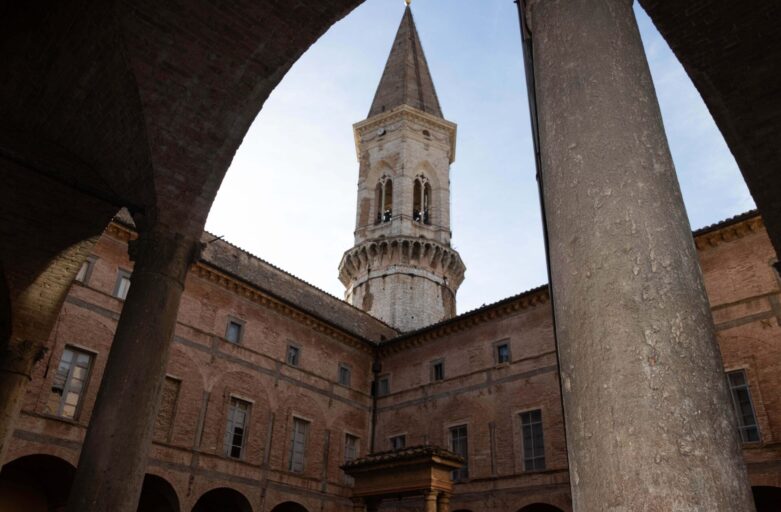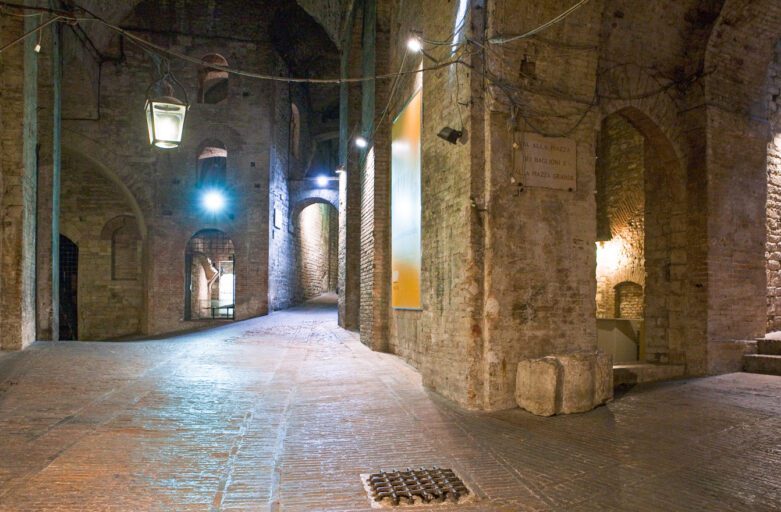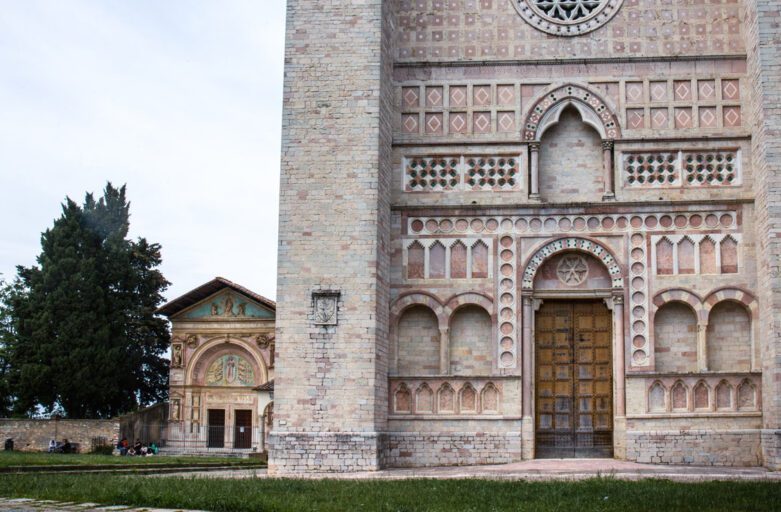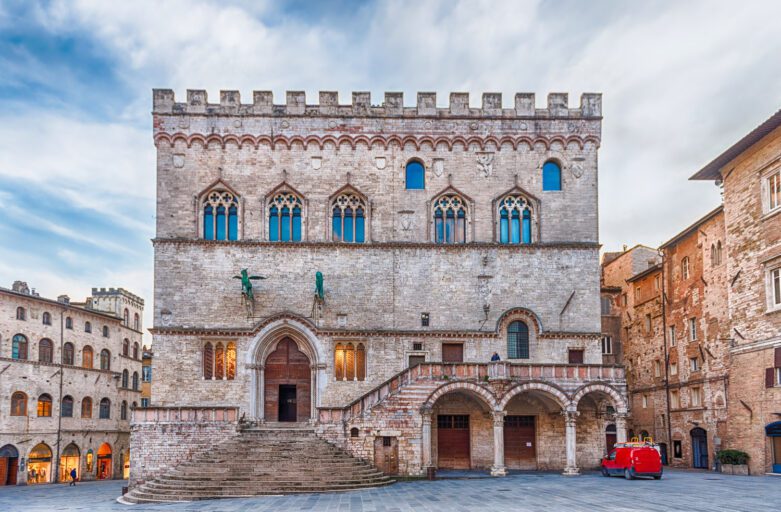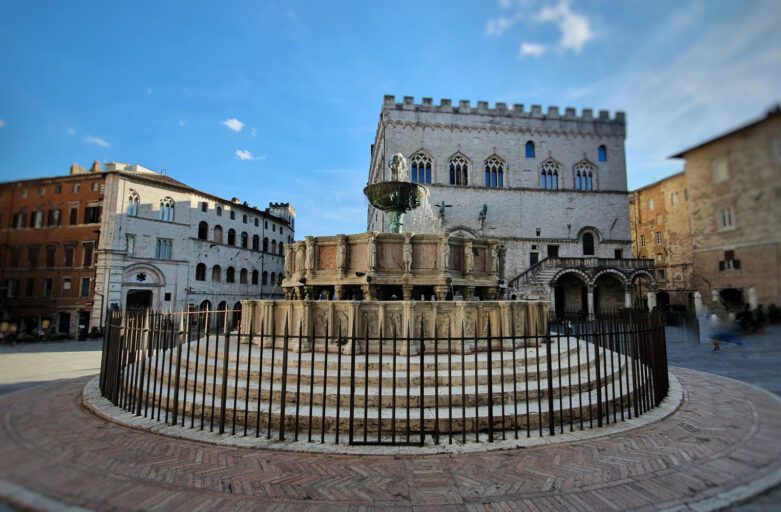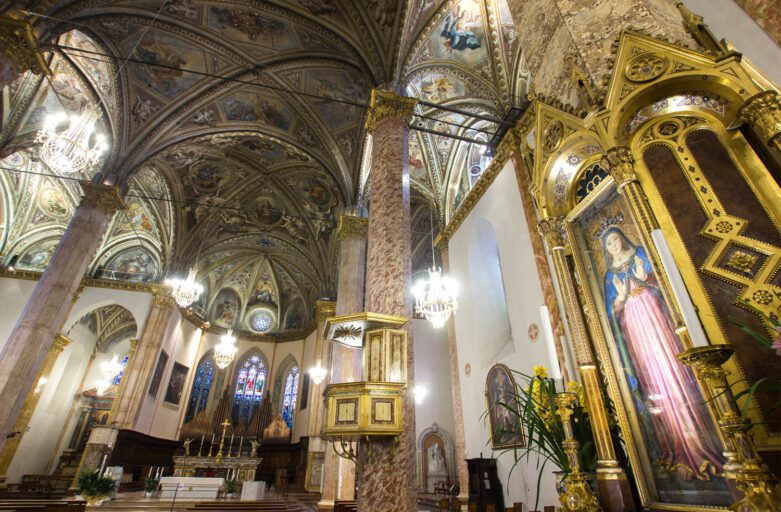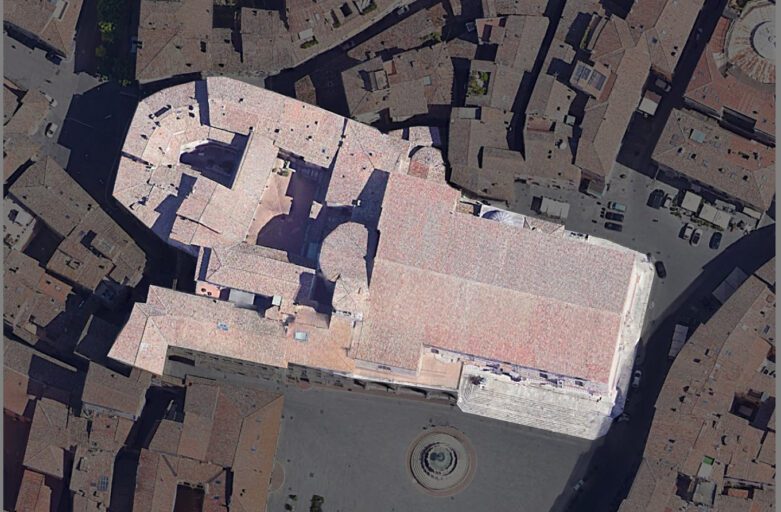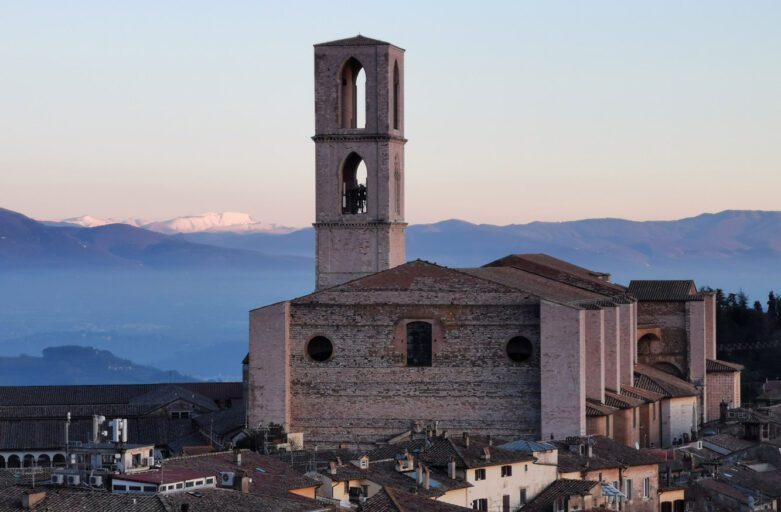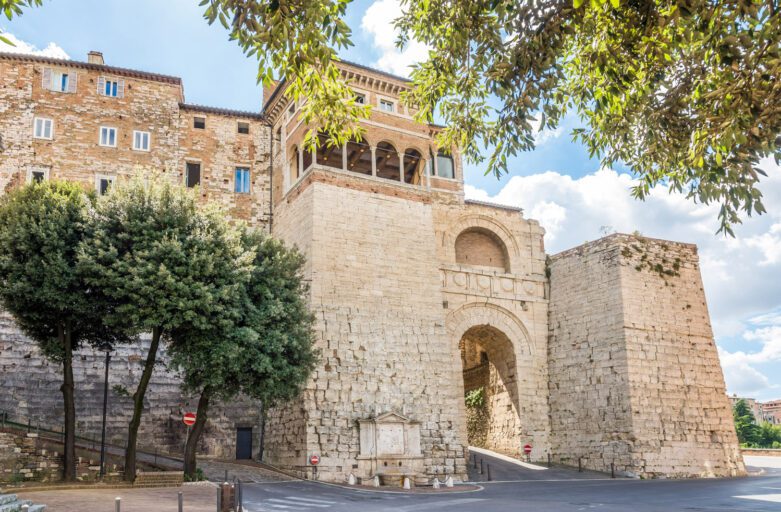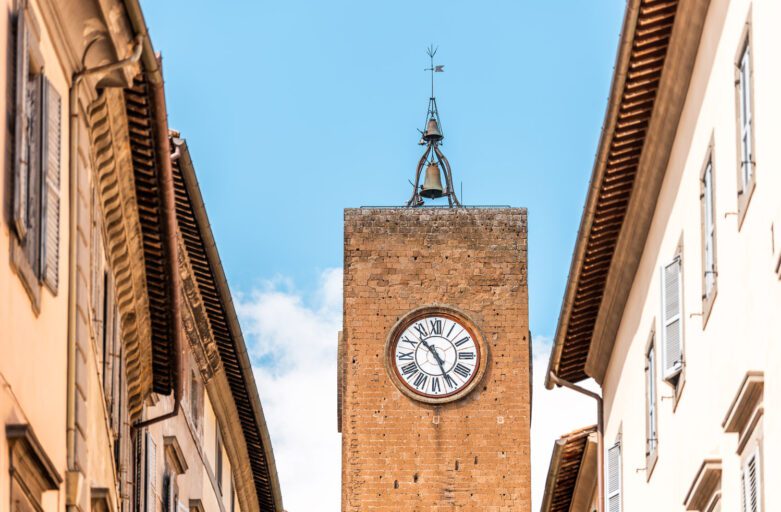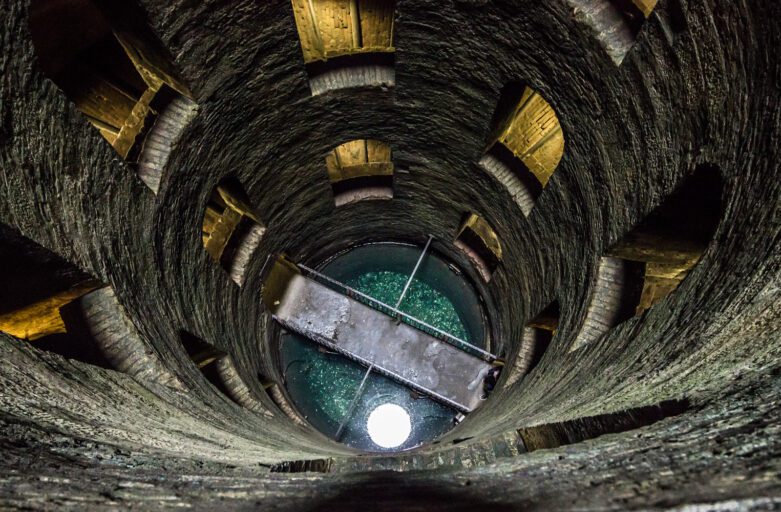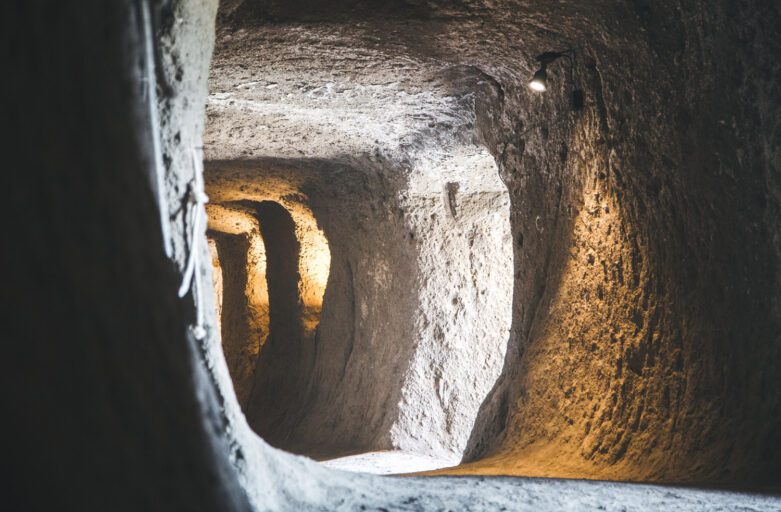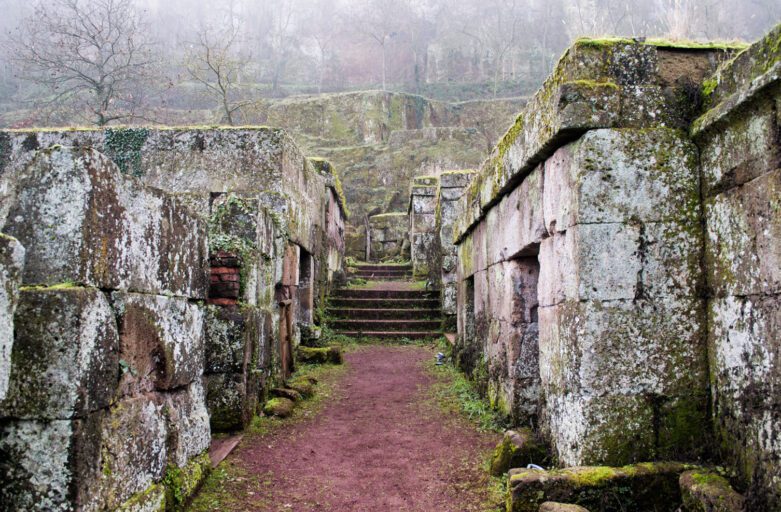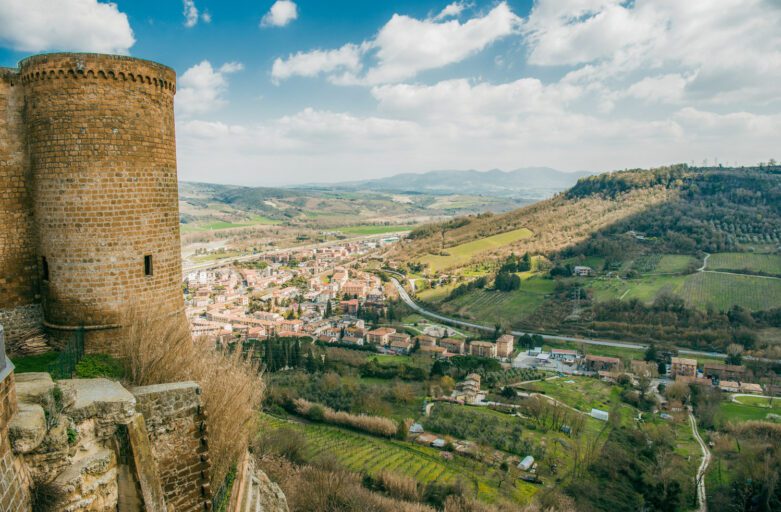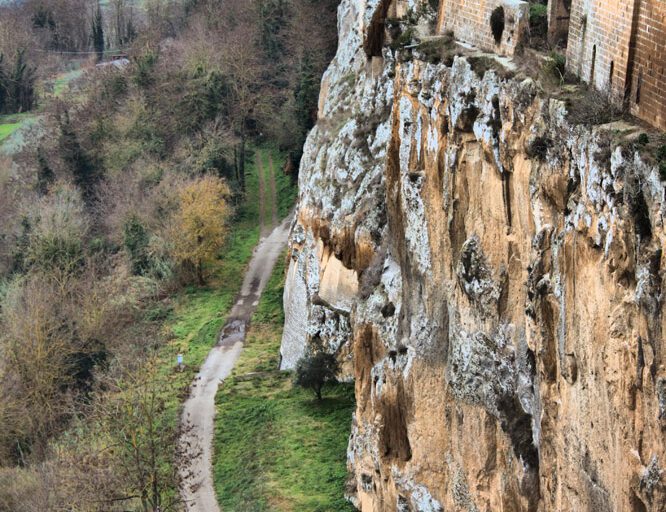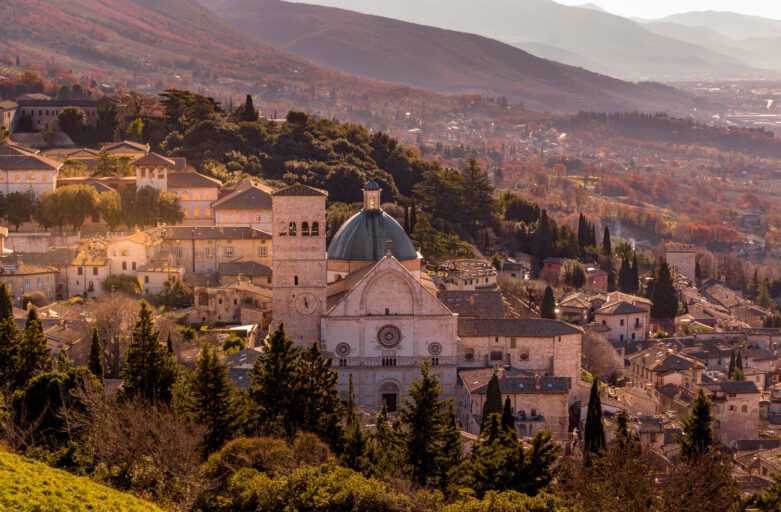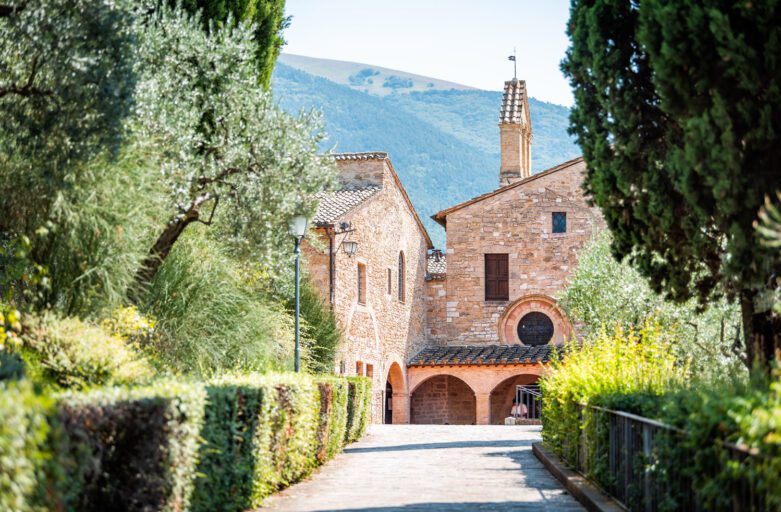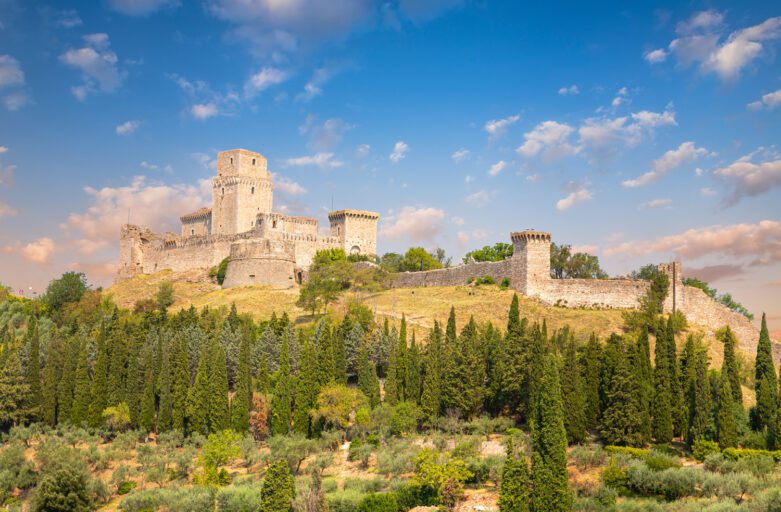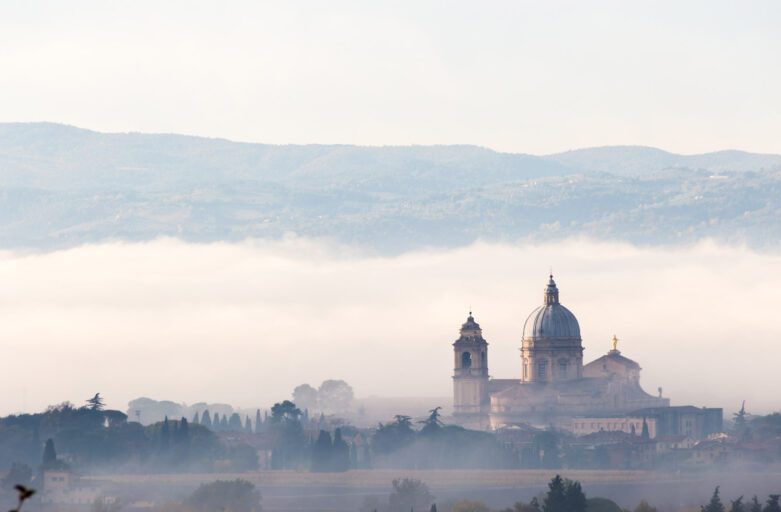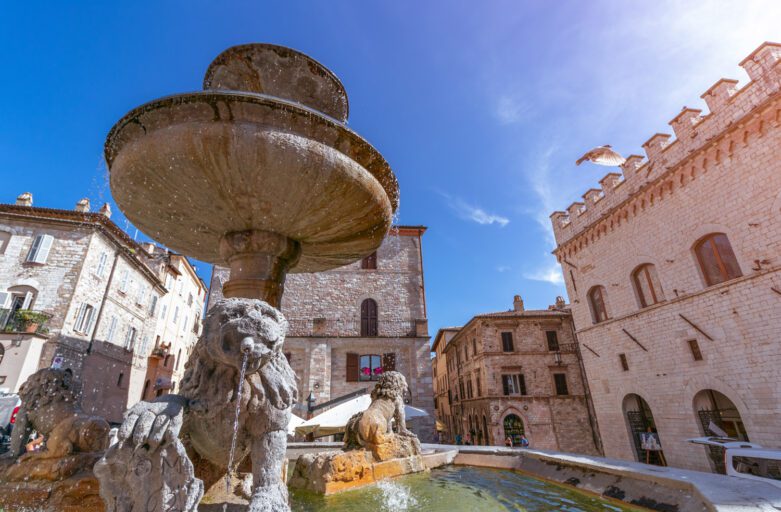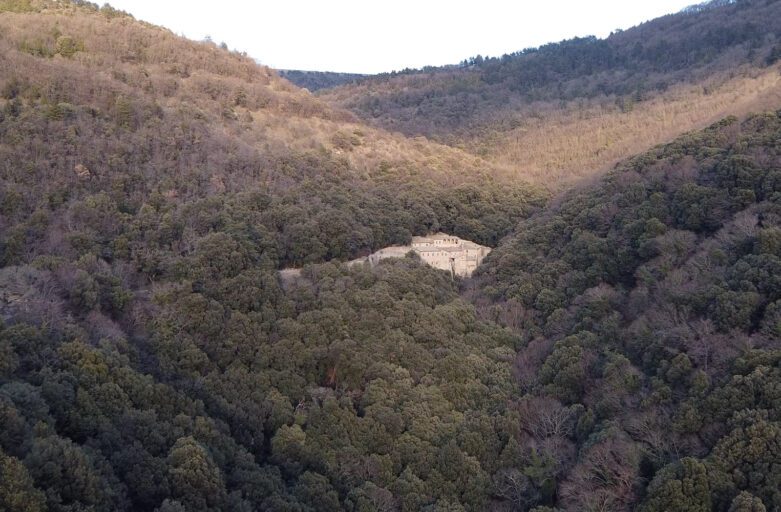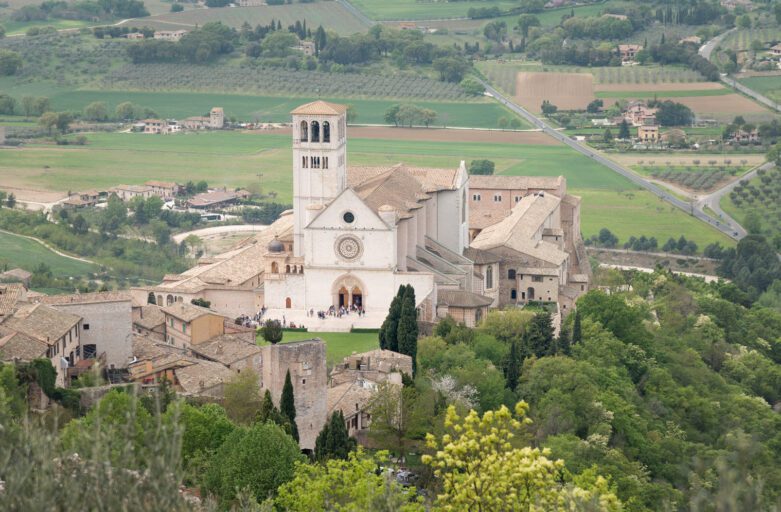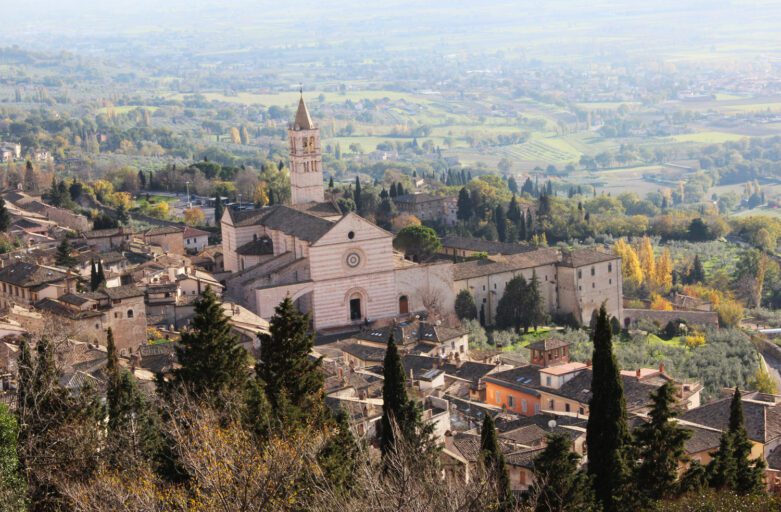Author: admin
Walking Tour of Orvieto
Built on an imposing tuff cliff rising above the Umbrian countryside, Orvieto is one of the most fascinating cities to explore on foot. Its history dates back to the Etruscan period, later becoming a Roman stronghold and a papal seat.
Walking Tour Todi
Walking Tour of Spello
Walking Tour Spoleto
Spoleto is a city rich in history and culture, located in the heart of the Umbrian Valley. Its position gives it a distinctive profile in the surrounding landscape. The city has gone through various historical eras that have shaped its current appearance
Walking Tour Gubbio
Gubbio, a medieval town nestled among the green Umbrian hills, is a treasure trove of art and ancient traditions. The Walking Tour offered by Secret Umbria will guide you through squares, cobblestone streets, and evocative corners that come alive through the guide’s storytelling, revealing tales from the past.
The Baptism of Christ at the Oratorio della Nunziatella
The Cathedral of Spoleto
The Cathedral during the Centuries Surely outstanding in Spoleto is the Annunciation Church, that is also the Cathedral. A building so powerful in its beauty that will impress all those who take the staircase that suddenly opens up among the alleys.
The Museo del Capitolo – Perugia
Discovering the Museo del Capitolo
The very special setting of the Museo del Capitolo (Chapter Museum), embedded in the Saint Lawrence “Island” makes it a place worth discovering together with the many artifacts it houses. It would be possible to draft a story about each of those objects, from paintings to manuscripts – so, let us listen to what Time has to tell.
The Cathedral of Orvieto
The History of a Centuries-old Building Site Origins of the Cathedral of Saint Mary’s Assumption The Cathedral is a sign of the presence of God, as well as of an active and industrious Christian community
The Perugino exhibition provides a chance for cultural agencies in Perugia to cooperate
The celebration of the fifth centennial of Perugino’s death – the “divine painter”’s – has gotten into the thick of things by now. In Perugia,
The Deposition from the Cross
A fresco depicting Saint Anthony the Abbot
The Altarpiece of Mary’s Assumption
Saint Sebastian between the Saints Roch and Peter
God the Father, and the Saints Roch and Roman
The Virgin Mary and Christ Child
The Martyrdom of Saint Sebastian
The “opistograph” altarpiece of Monteripido
The “Standard of Justice”
Virgin Mary in Glory and Saints
Perugino’s “Our Lady of Graces”
Discover the testimonies of Perugino today Routes and itineraries to discover the works of the divine painter
The “Baptism of Christ”
Tezi Altarpiece
The Adoration of the Magi
Discover the testimonies of Perugino today Routes and itineraries to discover the works of the divine painter
Annunciation, God in glory among angels, and Nativity
Lady of Graces
The Adoration of the Magi
Saffron – Umbria
An ancient spice Native to Asia Minor, saffron, or Crocus Sativus, is present in central Italy since the Middle Ages. With a thousand uses, either
The Bridge of Towers
The Bridge of Towers as Was Seen by Goethe In September 1786, the great German poet, J. W. Goethe (1749 – 1832), left for a journey to the discovery of Italy, that would last nearly two years. This adventure, overfilled with beauty, would later inspire his Italian Journey.
Basilica of the Holy Savior (San Salvatore)
Basilica of the Holy Savior in Spoleto Ancient Origins Although not included in the standard tours, the Basilica of the Holy Savior (San Salvatore) is surely among the “must see” things in Spoleto.
The Springs of Clitunno, and the Little Temple
“Now everything is silent”: The Little Temple In 1876 an Italian poet, Giosue Carducci, wrote a famous poem called Alle fonti del Clitunno, “At the Springs of Clitunno” (River). It dealt precisely with this site, that is now part of the UNESCO World Heritage List.
The “Oratory” at Santa Maria dei Bianchi
The Church of Saint Francis Near the imposing Fortress in Città della Pieve a Church of Saint Francis exists, now also renamed Shrine of Our Lady of Fatima. The Church of Saint Francis was built precisely by the Franciscans, just outside the town gate called Porta Perugina
Oratory of Saint Bartholomew, Church of Saint Francis
The Church of Saint Francis Near the imposing Fortress in Città della Pieve a Church of Saint Francis exists, now also renamed Shrine of Our Lady of Fatima. The Church of Saint Francis was built precisely by the Franciscans, just outside the town gate called Porta Perugina
The Stronghold of Perugia Soldiers
The Rocca dei Perugini Nowadays The powerful Rocca dei Perugini, “Fortress of Perugian (soldiers),” was built along the town walls near Porta Perugina, the town gate toward Perugia, in fact. This is whence, already in 1296, the road called Via Pievaiola started, that still nowadays connects Città della Pieve and Perugia.
Della Corgna Palace
Right in front of the Cathedral, one of the most beautiful lordly mansions in Città della Pieve rises, the Della Corgna Palace. A study on this building cannot make without the personality of its first owner, Ascanio Della Corgna, and the time period he lived in.
The Communal/Church Museum
A Museum inside a Church
It is quite unusual to find a church used as a museum. This is however the case with the Museo Civico-Diocesano, the Communal/Church Museum existing inside the Church of Santa Maria dei Servi (“Saint Mary of the Servants,” with reference to the religious Order of the Servants of Mary) in Città della Pieve.
The Cathedral of Saints Gervasius and Protasius
A Cathedral in a Small Town On walking in the streets of Città della Pieve, you will be noticing many fine buildings, both public and religious, that enliven the place. To whose who come from Gramsci Square, that is the downtown nucleus, one of the main monuments will immediately appear
Chocolate in Perugia
Perugia only made friends with Chocolate in relatively recent times, but it is a story worth telling as it lets us see how one person – and, often unconsciously – can start a process destined to change the lives of many people, even a whole geographic area.
Olive Oil
Olive Trees in Umbrian Landscape Umbria is a small Region, that can be crossed through in one hour by car. Its aesthetic mark is a
Unsalted Bread
The Poorest Kind of Bread One product that has so many varieties as to mirror, in one way or another, the richness of Italy in
The Roman Theater in Gubbio
South of Gubbio’s Medieval quarters the Guastuglia Plain (pron. goo-ast-oo-Leah) lies, delimited west by the so-called vallum (military defense line), and east by a river called Camignano (pron. come-in-ya-know).
Saint Ubaldo’s Basilica – Gubbio
A Brief Biography The personage of young Ubaldo – who was officially declared a saint on March 5, 1192 – cannot be divided from Gubbio and the great love the town’s inhabitants still have for him.
Saint Francis’ Church in Gubbio
Francis, the Man; and Gubbio The story of Gubbio and Francis of Assisi means the discovery of an intense relationship, interwoven with travels, friendship, and feelings. Francis’ father, Bernardone (“Big Bernard”)
Piazza Grande (The Main Square)
A Decentralized Center Gubbio rises at the foot of Mount Ingino with a strong self-consciousness. Framed within a luxuriant Nature, rich in woods and trails, it is considered one of the most beautiful Medieval towns in Italy.
Palace of Consuls
A Giant in the Square The Palace of Consuls (Palazzo dei Consoli), built in the years 1332-49, rises dramatically on the background of Piazza Grande, the Main Square. It is more than 60 meters (180 feet) high, including its originally shaped bell tower that still nowadays “calls” the citizens.
The Ducal Palace
At the Court of the Duke of Urbino
The Ducal Palace was built by decision of Federico da Montefeltro in a town area called Corte Vecchia (the Old Court) – right in front of the wonderful Gothic Cathedral dedicated to Saint Mariano and Saint Giacomo, martyrs of the 13th and 14th centuries. The palace was the very first example of Renaissance architecture in Gubbio, which it still overlooks.
Perugia Underground – The Archaeological Area
The Archaeological Area, at the very core of the so-called Saint Lawrence “Island”, will give you the joy of a discovery trip throughout the centuries. Quite unknown to the local people themselves, these places are hidden inside the hill on which Perugia is built.
Saint Peter’s Abbey
The way that starts from the Church of Saint Ercolano, and that in past times led directly to Rome, ends in Borgo Bello, the “Beautiful Suburb,” an area that developed thanks to the Benedictine abbey dedicated to Saint Peter.
The Rocca Paolina – Perugia
The Intriguing Story of a Fortress In Perugia’s old town center, at the southern end of Corso Vannucci (Main Street) there is an area with flowerbeds, benches, and fountains, where the Palace of Perugia’s Province and the equestrian monument to the first king of united Italy, Vittorio Emanuele II (1820-1878), also rise.
San Francesco al Prato, San Bernardino (Churches)
Perugia e San Bernardino
Telling about the beauty of Saint Francis Square, we cannot but start by mentioning Saint Bernardine of Siena, a friar from that town in Tuscany, who had frequent, influential contacts with Perugia – see below.
The Palace of Priors
A Town Symbol The Palace of Priors is undoubtedly one of the most important buildings in Perugia, beside being a masterpiece in Gothic style. Its structure develops partly along Main Street (Corso Vannucci) in the old town center, and has its acme in the façade facing the main square, Piazza IV Novembre.
A Fountain for an Aqueduct
The Fontana Maggiore, a gem of Gothic sculpture The Fontana Maggiore (Great Fountain) is the sculptural symbol of Perugia. It was built in 1278 to celebrate the completion of a long aqueduct that, by taking cleverly advantage of the principle of communicating vessels, could even conduct water uphill on Perugia’s hills.
The Cathedral of Saint Lawrence
A Cathedral to Welcome Them All The current Cathedral of Saint Lawrence replaced an older church, a Romanesque church, that therefore must have been built in the 12th century.
The Saint Lawrence “Island” – Perugia
The Saint Lawrence “Island”: the ancient district, heart of Perugia since Etruscans. It includes Perugia Underground, the Chapter Museum and the Cathedral.
The Old Town Center – Perugia
Perugia, the Old Town center: past to present along Corso Vannucci and the alleys of this beautiful town center with a Medieval charm.
The Etruscan Arch, the Town Walls
Perugia was one of the main Etruscan towns. Its external walls, dating back to the third century BC (with some older, fourth century parts), still witness the importance the town had acquired.
Moro’s Tower, Palace of the Seven, People’s Palace
The Tower A Central Role in the Town The Medieval tower is among the buildings that stand out in Orvieto’s skyline, together with the imposing Cathedral. The tower will remain conspicuous even if you walk in the town streets
The Well of Saint Patrick
Antonio da Sangallo, a Brilliant Engineer On the edge of the Orvieto Cliff there is a small square in which only a cylindrical building exists, apparently quite anonymous. This structure, however, hides a “thing ingenious with fancy and wonderful with beauty” inside.
Orvieto Underground
The Hollow below the Town Orvieto lies on top of a huge rock of volcanic origin, made of tuff and pozzolana. Visitors cannot but be charmed by this plateau, called la Rupe (the Cliff), that rises and dominates the valley all around, with its woods and vines.
The Necropolis at “Crocifisso del Tufo”
When the Etruscans Founded Orvieto: From Sky down to Earth A tour between earth and sky: this is how Orvieto can be visited and discovered because of both its geographic position (a town rising on top of a cliff, surrounded by a valley) and its history (from ancient Etruscans to nowadays)
The Albornoz Fortress in Orvieto
From Freedom to Being Dominated During the Middle Ages, Orvieto enjoyed a long period of welfare and independence as a “free Commune” – its rulers being autonomous from the Emperor, both politically and economically
Hiking on the Orvieto Cliff Ring
Hiking on the Orvieto Cliff Ring Introducing the Tour: The Cliff Ring The town of Orvieto can answer very many kinds of interests: art, culture, food, ancient history, and even – Nature and sport!
The Cathedral of Saint Rufinus in Assisi
Assisi’s Cathedral: info and story of Saint Rufinus and his church, from the Romanic facade to the “tug of war” conflict.
Saint Damian, Saint Clare’s Home
In the Assisi plain and among the olive trees of the countryside, there is a place much beloved with reference to the Franciscan origins: the Shrine of Saint Damian. Here silence and peace reign, wonderfully framing the view on Nature all around.
The Citadel of Assisi
A Stronghold to Guard Assisi
So sings the Hymn of the Sentinels (Scolte) of Assisi, the town’s hymn:
The trumpet blares, the days ends already,
already the curfew song soars.
C’mon, sentinels, up to the towers,
O armed guardians, hey there!
Heads up, keep silent, and watch!
Heads up, sentinels, and watch!
The Porziuncola and Saint Mary of the Angels
Saint Francis of Assisi and the Porziuncola The expanses below Assisi are among the most fascinating in Italy thanks to their colors and the view they afford on the town, which follows the contours of Mount Subasio in its white and rose stones.
Town Hall Square
The Main Square in Assisi Piazza del Comune (the town hall square) has always been the hub of social and cultural life in Assisi. Not by chance do all the main streets from the town gates meet here. Built upon a Roman forum, in the Middle Ages it became the place for the people’s gatherings.
The Hermitage of Carceri in Assisi
From Grotto to Shrine The architectural complex called “Hermitage of Carceri” started and developed around a grotto in which Saint Francis of Assisi used to retreat in order to pray.
The Basilica of Saint Francis
Saint Francis’ Legacy When in 1226 Saint Francis of Assisi died at the age of 44, he was already very famous, and his movement – a true religious Order since 1223 – was followed by thousands of people.
The Basilica of Saint Clare
Clare, and the Birth of the Second Franciscan Order When Francis made his spogliazione (the act of stripping of his garments as well as, symbolically, all possessions) in the main square, Clare was little more than a baby.
